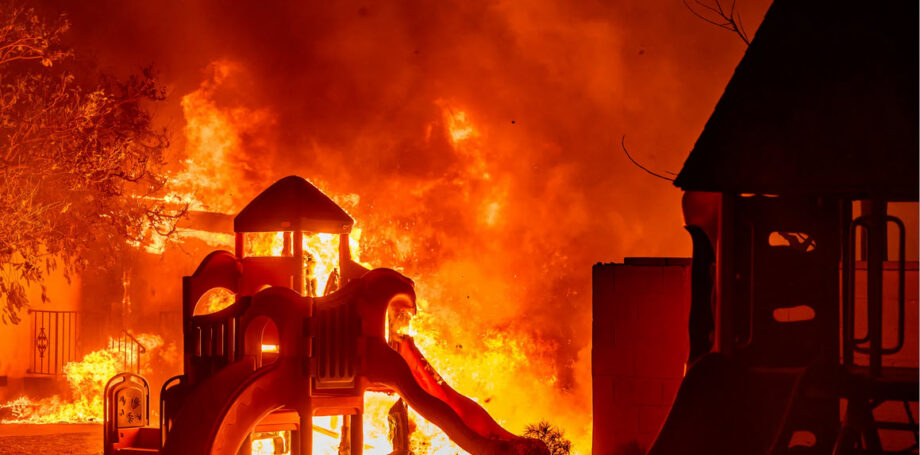In the face of the escalating climate crisis, businesses and organizations worldwide are stepping up their sustainability efforts. However, it’s not just about what you do; it’s also about how you communicate it. Effective communication is crucial in raising awareness, inspiring action, and fostering a culture of sustainability among your audience. But how can you ensure your message resonates?
Let’s delve into the best practices for engaging your audience on the topic of climate change. We’ll explore how transparency, interactive design, storytelling, clear calls to action, educational resources, community engagement, and consistent updates can transform your sustainability communication strategy. We’ll also highlight examples of companies that are leading the way in climate communication, providing you with inspiration and practical tips to implement in your own strategy.
Whether you’re a small business just starting your sustainability journey or a multinational corporation looking to enhance your climate communication, this pointers could help you effectively engage your audience on the critical issue of climate change. Here are the top 7 pointers:
Transparency and Data-Driven Content: Companies should be transparent about their sustainability efforts and use data to back up their claims. This can be done through sustainability reports, carbon footprint calculators, and other data-driven tools. For example, Google’s sustainability website provides comprehensive data on their environmental impact and the steps they’re taking to reduce it. Google Sustainability
Interactive and Engaging Design: Websites should be visually appealing and interactive to engage users. AtomicHub, for instance, gamifies the process of carbon offsetting, making it fun and engaging for users to participate in climate action. They also use leaderboards to encourage competition and further engagement. AtomicHub
Storytelling and Personal Connection: Companies should tell stories that connect with their audience on a personal level. This can be done through case studies, testimonials, and narratives that highlight the impact of climate change on individuals and communities. Stand for Trees, for instance, provides a platform for individuals and organizations to share their stories and actions towards combating climate change. Stand for Trees
Clear Call to Action: Websites should have clear calls to action that guide users on what they can do to contribute to climate action. This can be through donations, purchasing sustainable products, or participating in carbon offset programs.
Education and Resources: Companies should provide educational resources to help their audience understand climate change and the importance of sustainability. This can be done through blogs, infographics, videos, and other educational content.
Community Engagement: Companies should foster a sense of community among their audience. This can be done through forums, social media engagement, and community events.
Consistent Updates: Companies should regularly update their audience on their sustainability efforts and progress. This can be done through newsletters, blog posts, and social media updates.
Here are some examples of companies that are doing a good job in engaging their audience on the topic of climate change:
Google: Google’s sustainability website is a great example of transparency and data-driven content. They provide comprehensive data on their environmental impact and the steps they’re taking to reduce it. Google Sustainability
AtomicHub: AtomicHub gamifies the process of carbon offsetting, making it fun and engaging for users to participate in climate action. They also use leaderboards to encourage competition and further engagement. AtomicHub
Stand for Trees: Stand for Trees provides a platform for individuals and organizations to share their stories and actions towards combating climate change. They also provide clear calls to action and regularly update their audience on their progress. Stand for Trees
Remember, the key to engaging your audience on the topic of climate change is to be transparent, provide engaging and educational content, and foster a sense of community and personal connection.
Want to talk more? Contact us.



